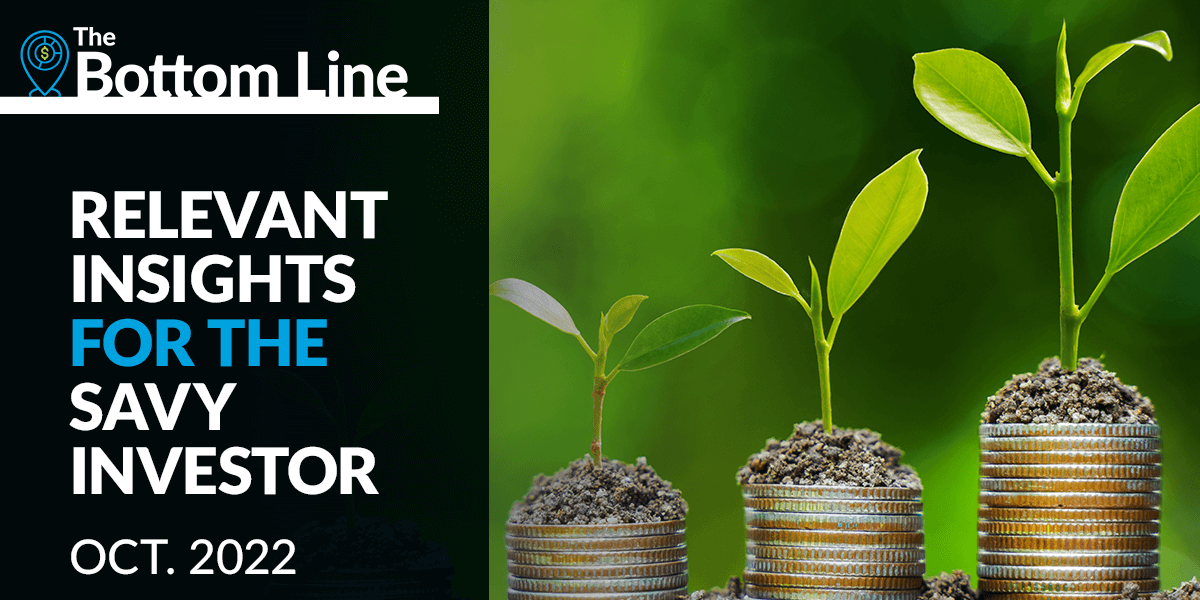

Reports of the Death of the US Economy Have Been Greatly Exaggerated July 2022
Although data over the past few weeks has shown a loss of economic momentum, a recession is not expected in the near term. Aside from the slowdown in spending, there has been a bifurcation taking place in the data. The survey data (often called “soft data” – such as consumer sentiment) suggests the economy is on the brink of a recession. But the actual activity data (“hard data” like the labor report) continues to show strength in the economy.
There is a great deal of confusion about the correct definition of a recession. In the US, a recession is not defined as two consecutive quarters of negative Gross Domestic Product (GDP); it is determined by a subcommittee of the National Association of Economic Research called the Business Cycle Dating Committee. The committee consists of eight economists, a who’s who of Presidential advisors, textbook writers and experts on business-cycle theory. The subcommittee defines a recession as a significant decline in economic activity spread across the economy that lasts more than a few months. It is normally visible in real GDP, real income, employment, industrial production and wholesale-retail sales (all hard data). Of the four subcomponents, three of them are still trending in the positive territory (see charts).




Based on that definition, the economy is not currently in a recession — there has been a slowdown in economic activity, not a decline. Although the first quarter had negative GDP growth (-1.6%), that was brought on by a huge trade deficit that took away 3.2 percentage points of growth – it is actually a sign of economic strength (domestic demand is more robust than domestic production). Furthermore, employment continues to be strong, with the unemployment rate holding steady at near-50-year lows of 3.6% and demand for workers outpacing the number of those looking for a job — again, a sign of strength.
Although the economy is not currently in a recession, there are many headwinds that will continue to restrain the pace of growth in the future. Some of the headwinds are higher inflation and interest rates, a limited amount of qualified workers, persistent supply chain issues, reduced consumer demand, and lower profitability. These will slow the pace of economic growth, which is precisely what The Federal Reserve wants to do to help bring down inflationary pressures.
The $64,000 question is, Will the economy go into a recession? The answer heavily depends on how aggressive the Fed needs to be in its battle against inflation. It is still too early to know the answer to that question. That said, with the headwinds mentioned above, an aggressive Fed and recent spending data being revised downward, we recently increased the probability of a recession occurring in the next year to 50%, an increase from the previous forecast of 30%.
MARKET TRENDS
Despite having corrected roughly 20%–30% thus far, equity markets are likely to remain volatile in the coming months, and further declines are possible. Although valuations have adjusted quite a bit, consensus earnings estimates remain too high and have not yet discounted the increasing risk of an economic downturn. Before a durable bottom is reached, we think investors will need better clarity on the path of inflation and Fed tightening as well as the outlook for sustainable economic and earnings growth.
LABOR
The number of workers in the private sector has now surpassed the pre-pandemic peak.1
THE FED
The labor market is not slowing fast enough for the Fed. As a result, we expect the Fed to raise the funds rate by at least 75 basis points (bps.) in late July.2
HOUSING
Mortgage rates, which have jumped about 200 bps this year, are helping to cool the red-hot housing market.3
CONSUMER SPENDING
Spending data for this year has been revised downward, showing the consumer is responding to higher inflation and lower confidence.4
INFLATION
The consumer price index (CPI) surged in June to 9.1% year over year, led by a sharp increase in gasoline prices, which have fortunately fallen since the CPI survey was conducted.5
OIL
Oil and gasoline prices have been falling since hitting a peak in mid-June over concerns that a possible global recession will reduce demand.6
Sources
1. Bureau of Labor Statistics
2. Bureau of Labor Statistics, Federal Reserve, CNR Research
3. National Association of Realtors
4. Bureau of Economic Analysis
5. Bureau of Labor Statistics, American Automobile Association
6. Bloomberg
Index Definitions
CPI: The Consumer Price Index (CPI) is a measure that e xamines the weighted average of prices of a bask et of consumer goods and services, such as transportation, food and medical care.
Important Disclosures
The information presented does not involve the rendering of personalized investment, financial, legal, or tax advice. This presentation is not an offer to buy or sell, or a solicitation of any offer to buy or sell any of the securities mentioned herein.
Certain statements contained herein may constitute projections, forecasts and other forward-looking statements, which do not reflect actual results and are based primarily upon a hypothetical set of assumptions applied to certain historical financial information. Readers are cautioned that such forward-looking statements are not a guarantee of future results, involve risks and uncertainties, and actual results may differ materially from those statement. Certain information has been provided by third-party sources and, although believed to be reliable, it has not been independently verified and its accuracy or completeness cannot be guaranteed.
Past performance or performance based upon assumptions is no guarantee of future results.
Indices are unmanaged and one cannot invest directly in an index. Index returns do not reflect a deduction for fees or expenses.
Any opinions, projections, forecasts, and forward-looking statements presented herein are valid as on the date of this document and are subject to change. All investing is subject to risk, including the possible loss of the money you invest. As with any investment strategy, there is no guarantee that investment objectives will be met and investors may lose money. Diversification does not ensure a profit or protect against a loss in a declining market. Past performance is no guarantee of future performance.
This material is available to advisory and sub-advised clients, as well as financial professionals working with City National Rochdale, a registered investment adviser and a wholly-owned subsidiary of City National Bank. City National Bank provides investment management services through its sub-advisory relationship with City National Rochdale.
Investing in international markets carries risks, such as currency fluctuation, regulatory risks, and economic and polit-ical instability.
Investing involves risk, including the loss of principal.
As with any investment strategy, there is no guarantee that investment objectives will be met, and investors may lose money. Past performance is no guarantee of future performance.
As with any investment strategy, there is no guarantee that investment objectives will be met, and investors may lose money. Past performance is no guarantee of future performance.
Non-deposit investment products are not FDIC insured, are not bank guaranteed, and may lose value.
Non-deposit investment Products are: • not FDIC insured • not Bank guaranteed • may lose value
Stay Informed.
Get our Insights delivered straight to your inbox.
Explore More
-
 The Economy Is Growing but So Is the Risk of a Recession October 2022
The Economy Is Growing but So Is the Risk of a Recession October 2022 -
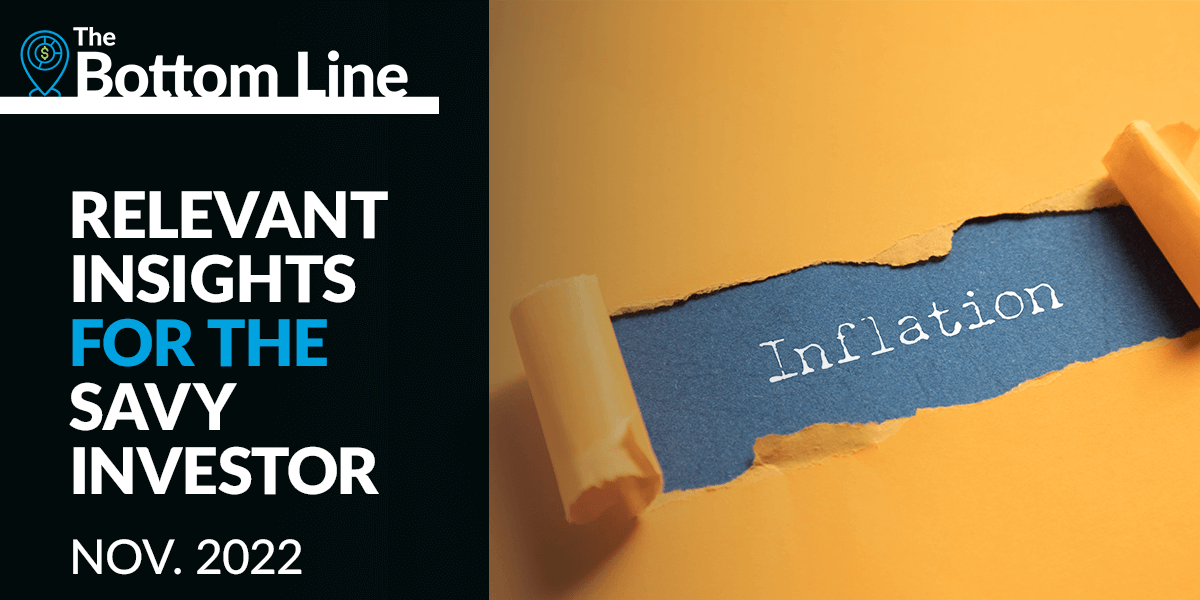 Economic Data Is Showing Slower Growth, But Inflation Is Still High November 2022
Economic Data Is Showing Slower Growth, But Inflation Is Still High November 2022 -
 A Slowdown in the Pace of Raising Rates, Not a Pivot
A Slowdown in the Pace of Raising Rates, Not a Pivot -
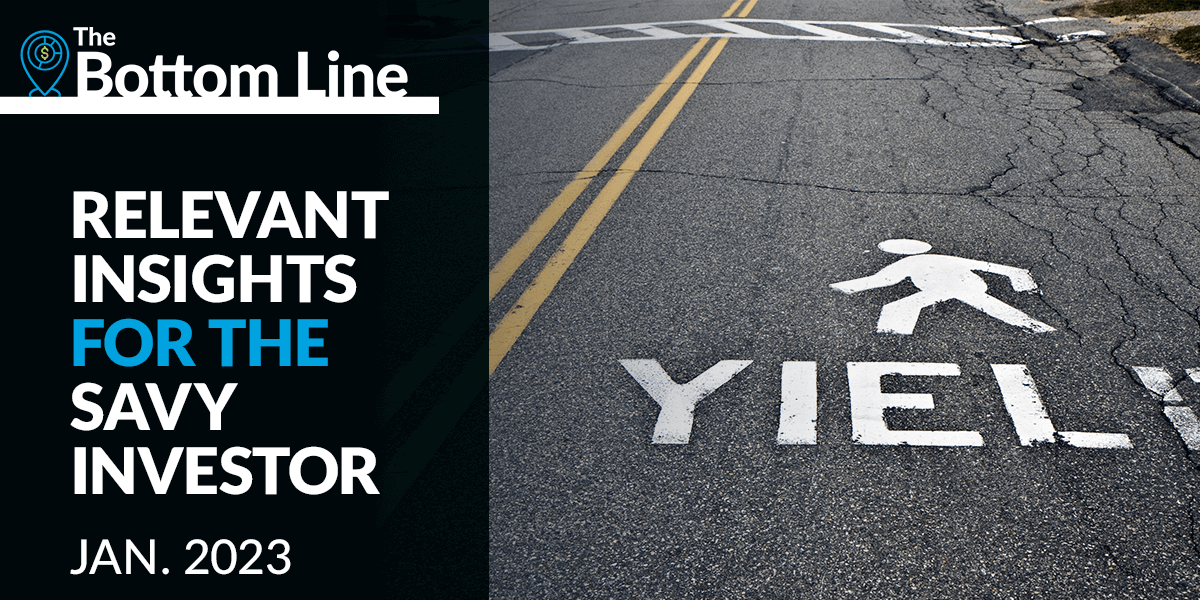 The Economic Slowdown Is Broadening
The Economic Slowdown Is Broadening -
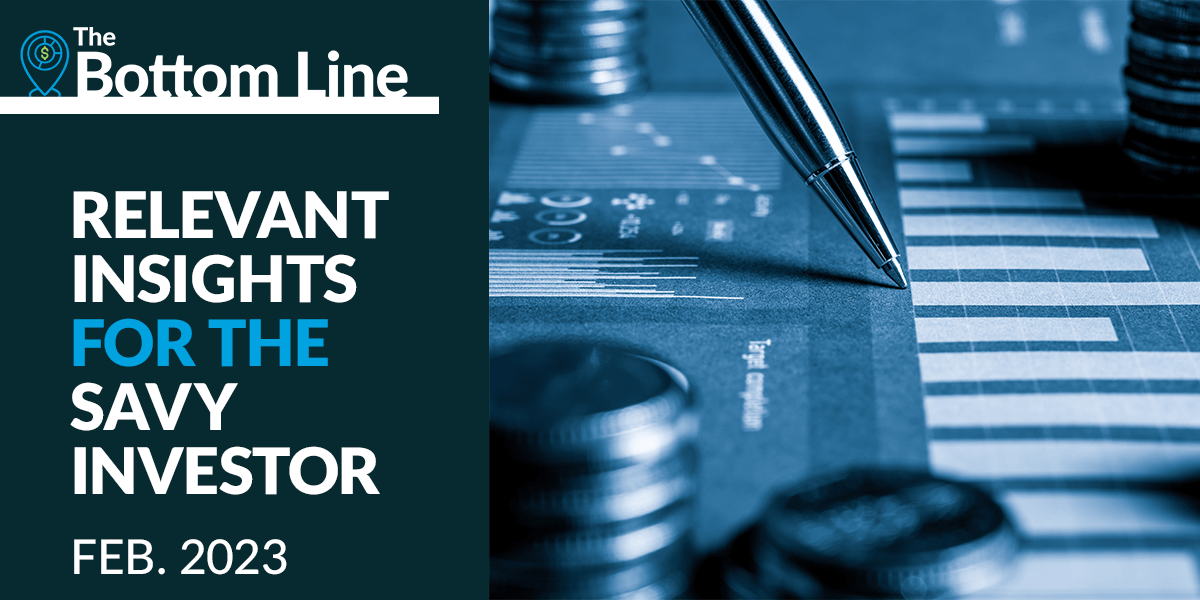 Economic Growth Is Resilient, and Inflation Remains Sticky
Economic Growth Is Resilient, and Inflation Remains Sticky -
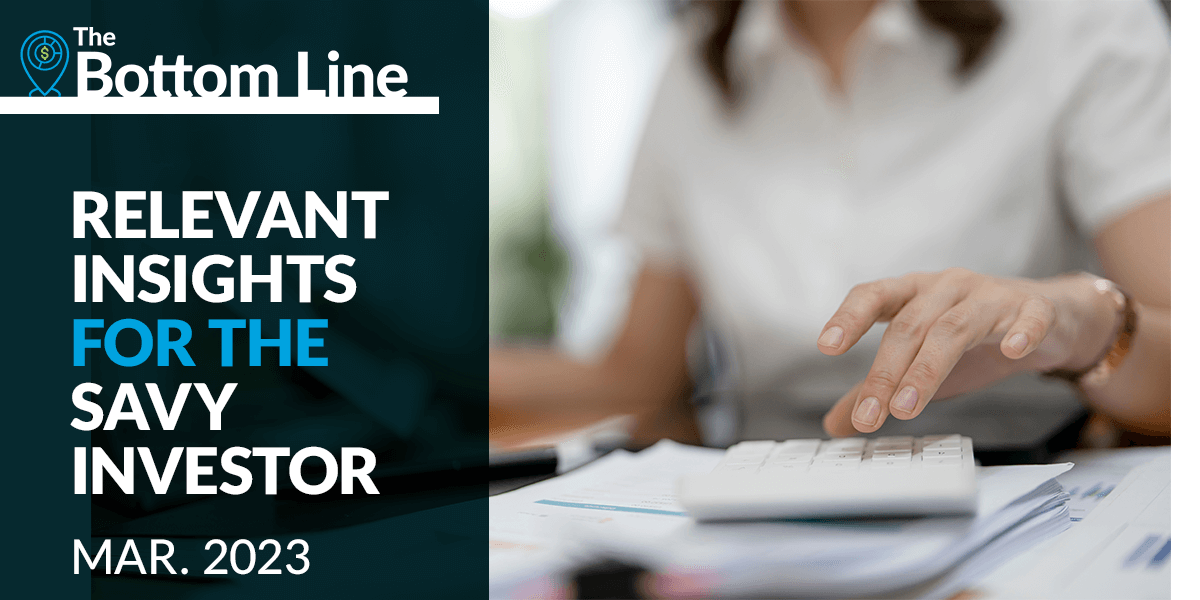 It’s Complicated
It’s Complicated
Put our insights to work for you.
If you have a client with more than $1 million in investable assets and want to find out about the benefits of our intelligently personalized portfolio management, speak with an investment consultant near you today.
If you’re a high-net-worth client who's interested in adding an experienced investment manager to your financial team, learn more about working with us here.